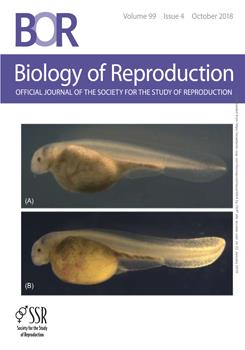Environmental endocrine disruptors (EEDs) that affect androgen or estrogen activity may disrupt gene regulation during phallus development to cause hypospadias or a masculinized clitoris. We treated developing male tammar wallabies with estrogen and females with androgen from day 20–40 postpartum (pp) during the androgen imprinting window of sensitivity. Estrogen inhibited phallus elongation but had no effect on urethral closure and did not significantly depress testicular androgen synthesis. Androgen treatment in females did not promote phallus elongation but initiated urethral closure. Phalluses were collected for transcriptome sequencing at day 50 pp when they first become sexually dimorphic to examine changes in two signaling pathways, sonic hedgehog (SHH) and wingless-type MMTV integration site family (WNT)/β-catenin. SHH mRNA and β-catenin were predominantly expressed in the urethral epithelium in the tammar phallus, as in eutherian mammals. Estrogen treatment and castration of males induced an upregulation of SHH, while androgen treatment downregulated SHH. These effects appear to be direct since we detected putative estrogen receptor α (ERα) and androgen receptor (AR) binding sites near SHH. WNT5A, like SHH, was downregulated by androgen, while WNT4 was upregulated in female phalluses after androgen treatment. After estrogen treatment, WIF1 and WNT7A were both down-regulated in male phalluses. After castration, WNT9A was upregulated. These results suggest that SHH and WNT pathways are regulated by both estrogen and androgen to direct the proliferation and elongation of the phallus during differentiation. Their response to exogenous hormonesmakes these genes potential targets of EEDs in the etiology of abnormal phallus development including hypospadias.
Summary Sentence
SHH and WNT genes are tightly regulated by hormones during phallus differentiation and are critical for its development, making these genes potential targets of endocrine disruption, leading to malformations of the external genitalia.





